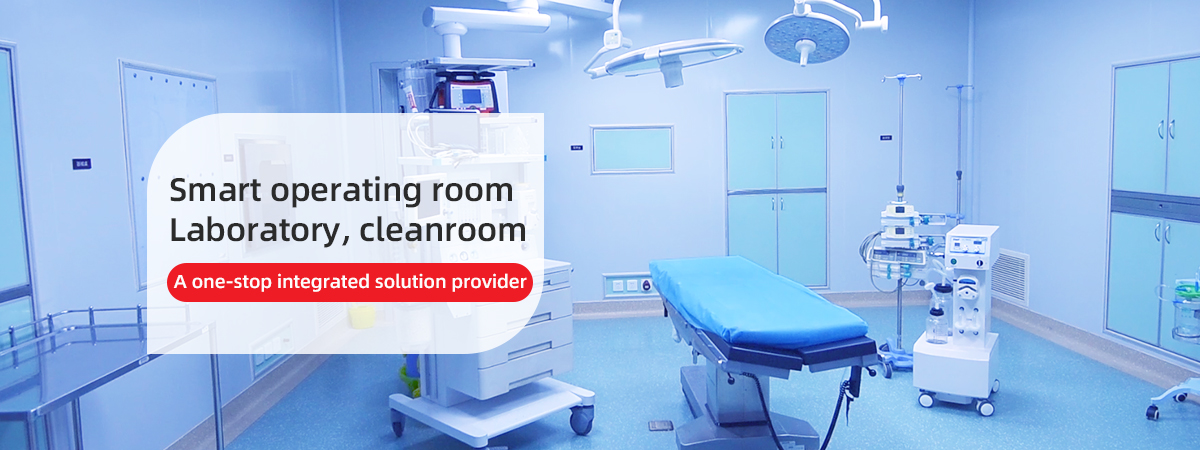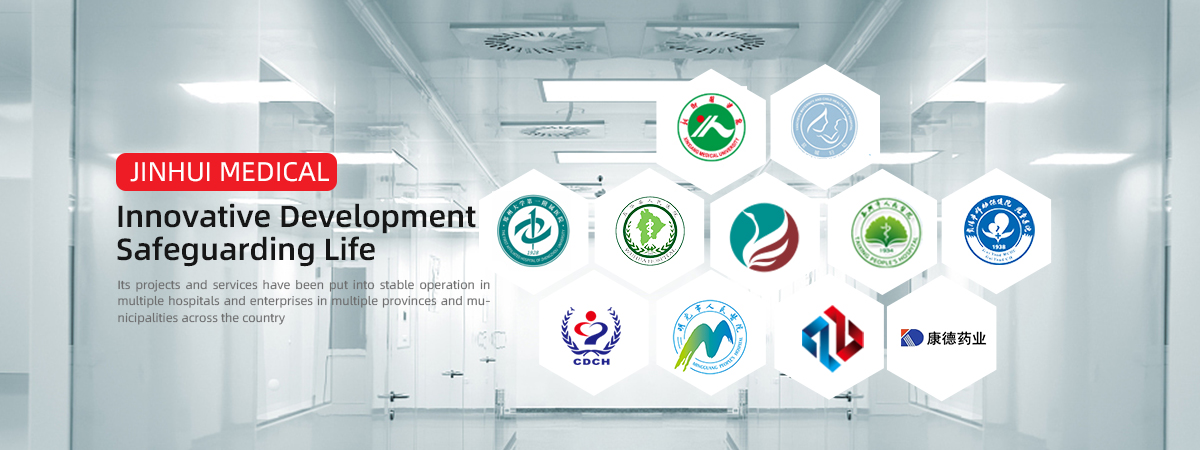Site selection requirements
1. When selecting a factory site, consideration should be given to: the natural environment and sanitation conditions around the location are good, at least there are no sources of air or water pollution, and it is also advisable to stay away from transportation arteries, freight yards, etc.
2. Environmental requirements for the factory area: The ground and roads in the factory area should be flat and dust-free. It is advisable to reduce the exposed soil area or take measures to control dust through greening and other measures. Garbage, idle items, etc. should not be stored outdoors. In short, the environment of the factory should not cause pollution to the production of sterile medical devices.
3. The overall layout of the factory area should be reasonable: it should not have adverse effects on the production area of sterile medical devices, especially the clean area.
Layout requirements for clean rooms (areas)
Set the cleanliness level according to the guidelines for setting the cleanliness level of the sterile medical device production environment in Appendix B of the Sterile Medical Device Production Management Specification. In the design of clean rooms (areas), attention should be paid to the following aspects:
1. Arrange according to the production process flow. The process should be as short as possible, reducing cross back and forth, and ensuring a reasonable flow of people and logistics. Personnel purification rooms (including outer garment storage rooms, washrooms, clean work clothes wearing rooms, and buffer rooms) and material purification rooms (including unpacking rooms, buffer rooms, and double-layer transfer windows) must be equipped. In addition to the outdoor areas required by the product process, there should also be sanitary ware rooms, laundry rooms, temporary storage rooms, and workstations and equipment cleaning rooms. Each room should be independent of each other, and the area of the clean workshop should be suitable for the production scale while ensuring basic requirements.
2. According to the level of air cleanliness, it can be written as follows the direction of human flow, from low to high; The workshop is from the inside out, from high to low.
3. No cross contamination occurs within the same clean room (area) or between adjacent clean rooms (areas)
1) The production process and raw materials will not have a mutual impact on product quality;
2) There are air locks or pollution prevention measures between clean rooms (areas) of different levels, and materials are transported through double-layer transfer windows.
4. Air purification should comply with the requirements of Chapter 9 of GB 50457-2008 "Design Specification for Clean Plants in the Pharmaceutical Industry". The fresh air volume in the clean room should take the following maximum values:
1) Compensate for indoor exhaust air volume and maintain fresh air volume required for positive indoor pressure;
2) The indoor fresh air should not be less than 40m3/h without anyone inside.
5. The per capita area of the clean room should not be less than 4mm (except for corridors, equipment, and other items) to ensure a safe operating area.
6. If it belongs to in vitro diagnostic reagents, it should comply with the requirements of the Implementation Rules for the Production of in vitro diagnostic reagents (Trial). The processing of negative or positive serum, plasmids, or blood products should be carried out in an environment of at least ten thousand levels, with relative negative pressure maintained in adjacent areas or in compliance with protective requirements.
7. The direction of the return air, supply air, and water supply pipelines should be indicated




